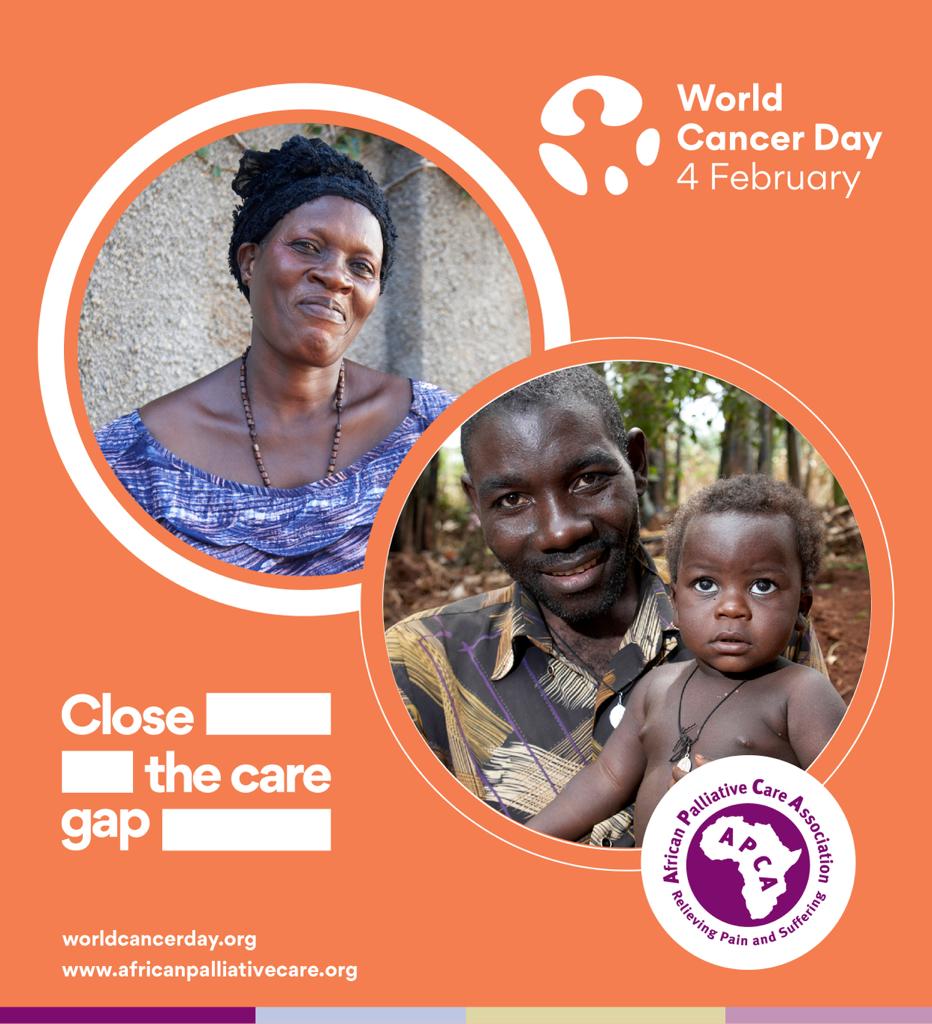Half the world’s population lacks access to the full range of essential health services. When it comes to cancer, many of us are denied basic care, despite the fact that we live in a time of awe-inspiring advancements in cancer prevention, diagnosis and treatment.
This is the equity gap – and it’s costing lives. People who seek cancer care hit barriers at every turn. Income, education, geographical location and discrimination based on ethnicity, race, gender, sexual orientation, age, disability and lifestyle are just a few of the factors that can negatively affect care. The most disadvantaged groups are also more likely to have increased exposures to a host of other risk factors, like tobacco, unhealthy diet or environmental hazards.
The gap affects everyone. You might feel like the equity gap doesn’t impact you personally, but it likely does affect someone you know. While it’s more pronounced in low- and middle-income countries, well-resourced countries show dramatic disparities too. It’s almost guaranteed that the gap affects you or people in your community.
We can close the gap. The reality today is that who you are and where you live could mean the difference between life and death. It isn’t fair. But we can change this.
Follow this ink to add your voice to the effort and ask your representative to close the care gap.
It’s about me and you; it’s about everyone
The equity gap is a reality for all countries everywhere, high- and low-income alike, and negatively affects people from all walks of life.
- Childhood cancer survival rates are over 80% in high-income countries but as low as 20% in low-income countries.
- More than 90% of cervical cancer mortality occurs in low- and middle-income countries.
- There are notable differences in cancer-related outcomes for rural and nonrural patients, even in high-income settings such as the US
- Cancer kills nearly 10 million people a year and some 70% of those are aged 65 or older, yet older populations face disproportionate barriers to effective treatment.
- In refugee populations, cancer is more likely to be diagnosed at an advanced stage, leading to worse outcomes.
- Due in part to discrimination from healthcare practitioners, cancer screening among transgender people is lower than in the rest of the population.
- For white women in the US, the five-year survival rate for cervical cancer is 71%. For black women, the rate is just 58%.
- In New Zealand, Māori are twice as likely to die from cancer as non-Māori.
Progress towards closing the care gap can take many forms, whether it’s a new partnership for delivering better screening services to rural communities or a neighbourhood banding together to provide transport to cancer treatment for a fellow resident. Many equity gaps and injustices remain, but they can be solved with innovative ideas and actions if we work together.
